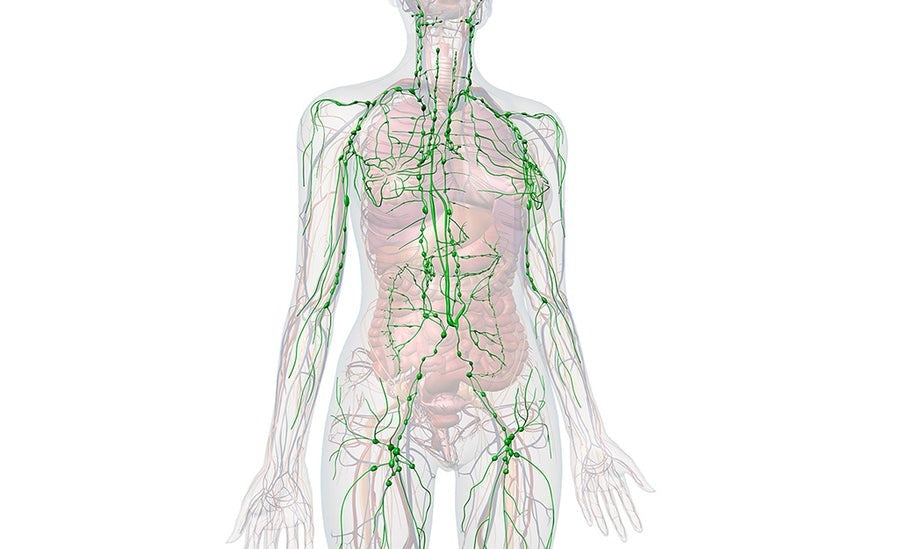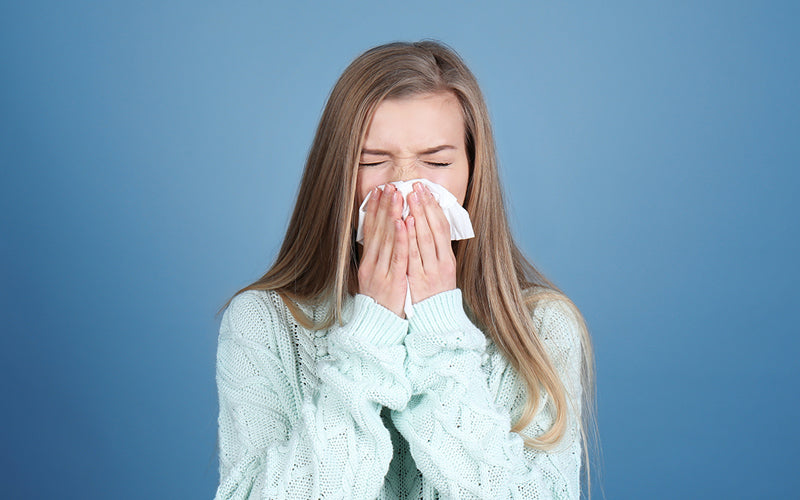Why Am I Spotting?
Dysfunctional uterine bleeding, more commonly known as spotting or irregular bleeding, is frequently reported among women of reproductive age and beyond. The specific reasons for this type of bleeding vary, as does the time within the cycle that it can happen.
Main causes of spotting or irregular bleeding
- Stress
- Reproductive conditions like endometriosis, polycystic ovarian syndrome (PCOS), fibroids, and uterine polyps
- Thyroid disease
- Ovulation
- Perimenopause
- Sexual intercourse
- Premenstrual spotting
- Infection
- Synthetic hormones
- Pregnancy
When do these types of bleeding occur and why?
Stress
Stressful events can cause spotting anytime in our bleed though it usually ties in with low progesterone. When we’re stressed, we produce cortisol and epinephrine. During long periods of stress, our bodies ‘steal’ the sex hormones pregnenolone and progesterone to make more cortisol. Why? This is a survival mechanism – the body favours supporting stressful episodes over maintaining optimal fertility.
Reproductive conditions
Endometriosis, PCOS, fibroids, and uterine polyps can also cause spotting at any time of the month. These conditions often stem from an imbalance of oestrogen and progesterone. Oestrogen becomes dominant over progesterone and overstimulates the endometrial lining. Rupture of an ovarian cyst can also happen (generally around ovulation), causing sharp pain and irregular bleeding.
Thyroid disease
Hypothyroidism deprives the ovarian follicles of the thyroid hormones they need to develop. Additionally, both hypothyroidism and hyperthyroidism disturb pituitary hormones (prolactin, follicle-stimulating hormone and luteinizing hormone). The failure to ovulate results in a progesterone deficiency.
Ovulation
Spotting which occurs during or around ovulation usually presents as fertile mucus (clear and egg white-like) streaked with red. This is caused by an early drop in oestrogen (pre-ovulation) that results in slight oestrogen withdrawal. This means that there’s a bit of lag time before progesterone levels rise. As a result, there is partial shedding of the uterine lining which can cause spotting. It is common in slender women with low baseline oestrogen.
Perimenopause
As we age, hormone production diminishes and affects ovulation and our reproductive cycle. Menstruation is governed by the ebb and flow of reproductive hormones such as oestrogen, FSH, LH, AMH and progesterone. When these hormones wane, the menstrual cycle changes and we experience irregular bleeding.
Sexual intercourse
The cervix becomes more sensitive around the time of ovulation. Sexual intercourse may cause slight damage to the cervix which can result in light bleeding. Mucous discharge tinged with bright red blood after sexual intercourse around the time of ovulation is not uncommon.
Premenstrual spotting
Progesterone keeps our uterine lining intact until our period arrives. If for any reason your progesterone level isn’t maintained, you’ll have a shorter luteal phase and may experience spotting before menstruation begins. A drop in progesterone can actually happen anytime after ovulation and cause irregular bleeding which can last until your actual menstruation.
Infection
Various kinds of infection affect the bacterial balance of the vagina and cause spotting. Spotting before a period or after sex is common. Instead of being directly associated with hormonal changes, it appears to be caused by inflammation of the cervix. Spotting can also happen after a pap smear or sexual penetration.
Synthetic hormones
Various kinds of synthetic hormones in our body – oral contraceptives, Implanon, Depo-Provera or Mirena – can cause spotting. These are often referred to as ‘breakthrough bleeds’. Even the copper IUD which is non-hormone secreting has been shown to cause heavy, consistent bleeding in women, possibly due to secondary effects of cervical inflammation.
Pregnancy
Spotting may occur when conception has taken place and an embryo implants into the lining of your womb. A small bit of the lining can shred and cause bright red spotting. However, this type of spotting does not happen with every pregnancy.
Find help and support
Our Happy Hormones formula acts on the HPA axis (control centre of the brain) to restore endocrine balance and in turn, healthy and normal menstruation.
REFERENCES
Dasharathy, S. S., Mumford, S. L., Pollack, A. Z., Perkins, N. J., Mattison, D. R., Wactawski-Wende, J., & Schisterman, E. F. (2012). Menstrual bleeding patterns among regularly menstruating women. American journal of epidemiology, 175(6), 536–545.
https://www.ncbi.nlm.nih.gov/pmc/articles/PMC3299419/
Herrera, A. Y., Nielsen, S. E., & Mather, M. (2016). Stress-induced increases in progesterone and cortisol in naturally cycling women. Neurobiology of stress, 3, 96–104.
https://www.ncbi.nlm.nih.gov/pmc/articles/PMC5146195/
Mesen, T. B., & Young, S. L. (2015). Progesterone and the luteal phase: a requisite to reproduction. Obstetrics and gynecology clinics of North America, 42(1), 135–151.
https://www.ncbi.nlm.nih.gov/pmc/articles/PMC4436586/
Trokoudes, K. M., Skordis, N., & Picolos, M. K. (2006). Infertility and thyroid disorders. Current opinion in obstetrics & gynecology, 18(4), 446–451.
https://pubmed.ncbi.nlm.nih.gov/16794427/






















